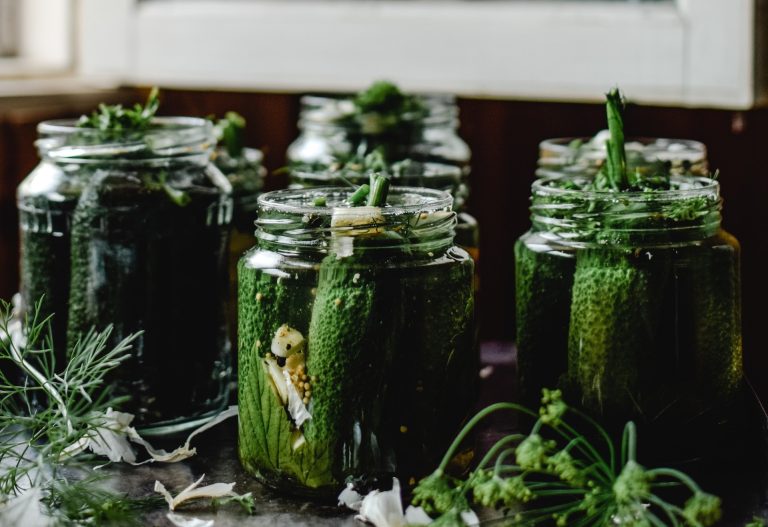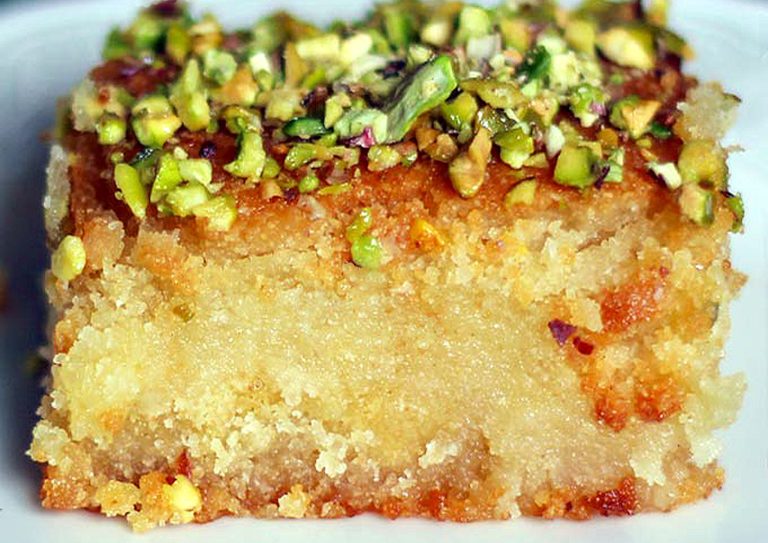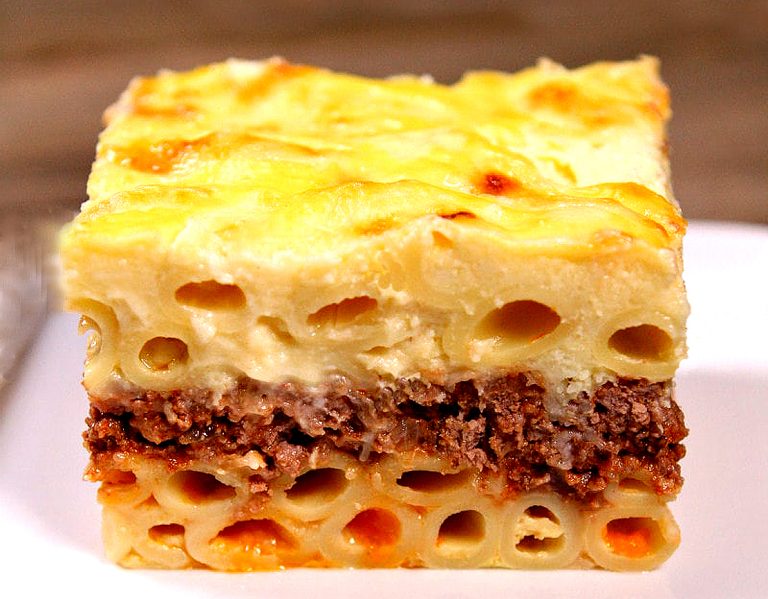The fermentation of various foods has been practiced throughout the ages and in every culture. Traditionally valued as a means of preserving food, it is now recognized that fermentation also offers many health benefits, such as increasing the nutritional value of food and improving its digestion.
Long before we understood the science behind it, humans relied on fermentation to keep precious food supplies from rotting. We now understand that naturally occurring yeast strains and bacteria convert starches and sugars into acids and alcohols. These serve as natural preservatives. The production of lactic acid, in particular, lowers pH, thus making an environment inhospitable to harmful microorganisms.
This process of converting starches to acids transforms the food, giving it a different flavor, texture, and in many cases, more nutrients. Fermented vegetables, for example, see an increase in vitamins A and C, and their whole macro and micro-nutrient profile; while dairy shows an increase in folic acid, B vitamins, riboflavin and biotin when fermented.
Three fermentation methods, including lactic acid fermentation (sauerkraut, pickles, and yogurt), alcoholic fermentation (wine and beer), and acetic acid fermentation (vinegars and kombucha), are responsible for much of what we consume and enjoy every day.
Lactic acid fermentation
While alcohols, vinegars, and sourdough breads rely on yeasts for fermentation, lactic acid fermentation occurs due to the presence of bacteria. There are two types of bacteria, which each perform a specific function in lactic acid fermentation. Through a catabolic reaction, homofermentative bacteria produce lactic acid, while heterofermentative bacteria produce many flavor- and texture-enhancing byproducts, including carbon dioxide, alcohol, lactic acid and acetic acid.
Success
You are now signed up for our newsletter
Success
Check your email to complete sign up
It is important to note that lactose (a sugar compound found in dairy) is not the same thing as lactic acid (a byproduct of anaerobic respiration occurring in fermented foods and also in the human body). The term lactic acid stems from lactose, as it was originally isolated in spoiled milk. Although it is present in fermented dairy products, such as yogurt, kefir, and buttermilk; the acid itself is vegan, and is also present in vegetable ferments.
While vegetables can also be fermented in whey or wine, salt is commonly used as a fermenting agent, as it heightens the preservative properties, and helps maintain the crisp texture of fresh produce. As a general rule, approximately 2 Tbsp per quart yields a good ferment, but the amount can vary quite a bit, depending on the recipe and your taste buds. In order to maintain an anaerobic environment, it is highly important to have the fermenting produce fully submerged in liquid.
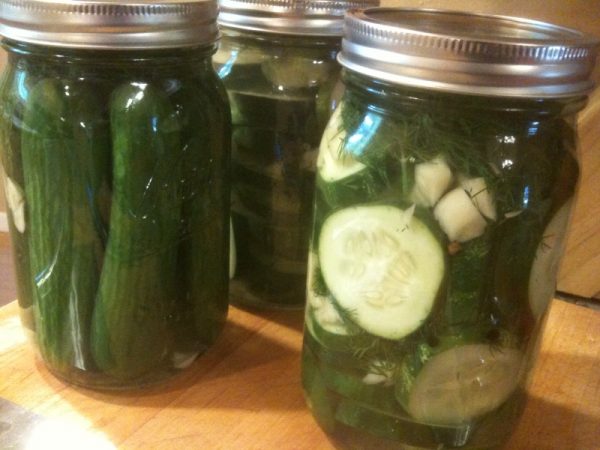
Pickling
Almost any vegetable can be pickled. While whole or coarsely chopped produce needs to be covered in brine, finely chopped or shredded produce will release the necessary liquid itself when massaged directly with salt. This is because the increased surface area allows for greater osmosis, the process by which salt pulls water out of the vegetable.
Ideally, you would start with produce that is both local and in season. For many of us, cucumbers fit the bill about now.
If you have a vegetable garden, it is likely you are starting to get cucumbers. And if you are getting cucumbers, there is a very good chance you are getting plenty of them. Not a gardener? Not to worry, you can surely find cucumbers at your local farmer’s market.
While pickling cucumbers are conveniently sized and in many ways ideal, all varieties of cucumbers can be pickled. Try to get them before they grow so big that the seeds are full size, though, for a much more appealing pickle.
Recipe for fermented dill pickles
Ingredients: (for two quarts)
- 2 lbs (pickling) cucumbers, fresh, sound, and clean
- 6 cups filtered water, plus a bath of ice water
- 2 Tbsp fine sea salt or Kosher salt
- Spices: 1 Tbsp each of mustard seed and dill seed, 1 tsp peppercorns, optional chili peppers, 6-8 cloves of coarsely chopped garlic, and a handful of fresh dill weed
- 4-5 Grape leaves, bay leaves, or oak leaves (for tannin, to help maintain crisp texture)
You will also need a half gallon mason jar (or two quarts, widemouth) or a crock. If you don’t want to spend mega money on a fancy crock, you can improvise.
Preparations
Soak your pickles in ice cold water for 15 minutes to an hour. During this time you can prepare your vessels, make your brine, and collect your spices.
Your jars or crock must be clean, sterilized if possible, to prevent unwanted bacterial invaders.
Make your brine by mixing the 2 Tbsp of salt with 6 cups of filtered water. This ratio (approximately 1 tsp per cup) is somewhat flexible, but beware: too much salt will prevent any bacteria (including the ones necessary for fermentation) from growing; and too little salt will allow the unwanted bacteria to take hold.
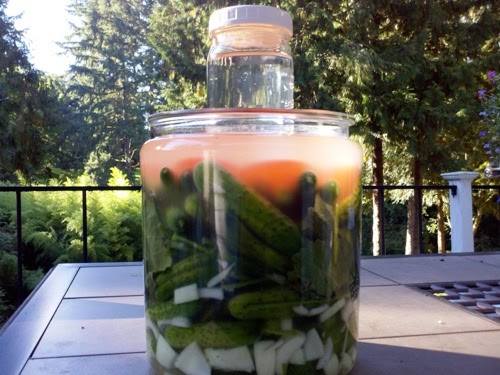
Packing
Place part of the spice mixture in the bottom of your vessel, along with a grape leaf (or whatever tannin provider you have chosen), then stuff a layer of cucumbers in nice and tight. Repeat until the jar or crock is full to within an inch or two from the rim.
As we have already established, you want your produce to stay submerged in liquid. The best way to ensure this is to weigh it down. Smooth, non porous materials are best. For crocks, you may need to get creative, placing a clean plate over the pickling cucumbers and weighing it down with a jar of water. There are many fermentation kits available, which will include the perfect glass topper to press into the jar under the lid.
Covering
The fermentation process produces carbon dioxide. Since this gas will want to be released, your lid should allow for it to escape. Some crocks are sold with compatible lids, or again, you may need to be creative. The idea is to let gas escape, without letting anything in to contaminate your prize. So if you are doing the “jar over a plate” method, you will want to cover the whole thing with an inverted bowl, and perhaps a clean towel over top for added protection. Any fermentation kit you purchase for mason jars will have a set of lids with rubber valves.
Fermentation
Place your vessel(s) in a shallow dish to collect any liquid that seeps out during fermentation. Allow your cucumbers to ferment in a cool dark place for 3 to 5 days. Basements are ideal. Warmer conditions yield a faster ferment, but slower is often preferable. When the water turns cloudy and you start to see bubbles, you know that the process is underway.
If your pickles are not as sour as you like when you first taste them, let them sit a bit longer, but remember that you will lose crispness with each passing day.
When you are satisfied with the flavor and texture, pack crock fermented pickles into jars, and replace fermentation lids on mason jars with plastic mason lids. Refrigerate, enjoy, and repeat.



